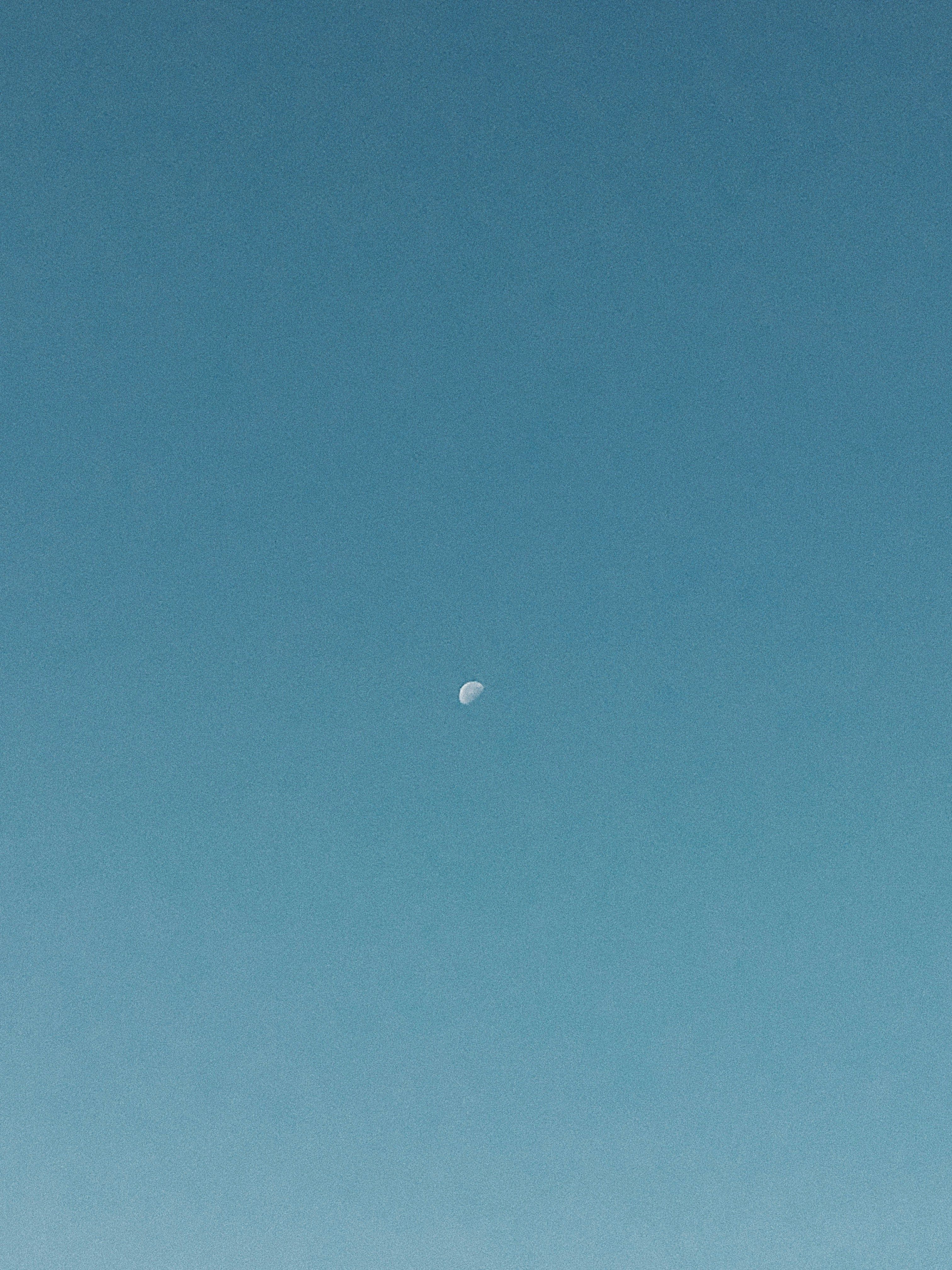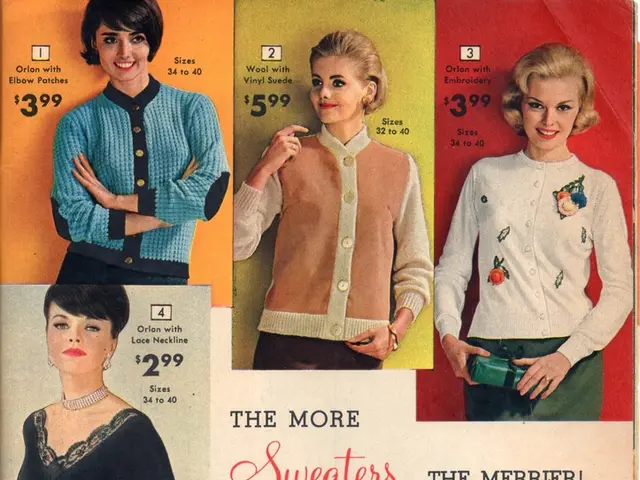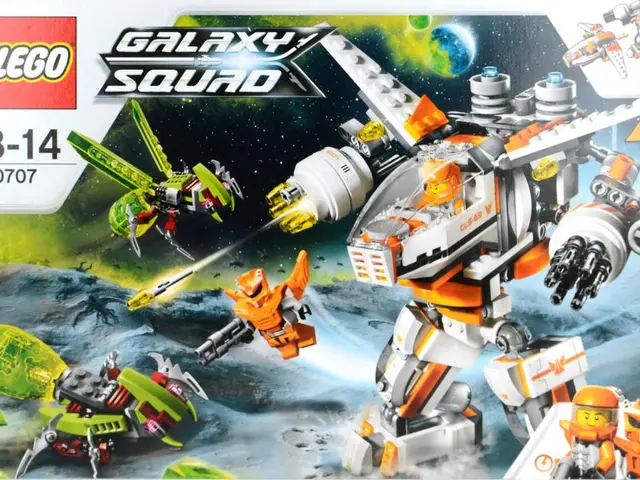Scientists' Alleged Breakthrough: An Artist asserts the production of a novel, seemingly 'Impossible' color in paint.
Artist Challenges Scientists' Color Discovery with "YOLO" Paint
Hold up, folks! A British artist named Stuart Semple is stirring things up in the world of science and art by supposedly bottling a new color, dubbed "YOLO." This color is claimed to be a reproduction of the one recently discovered by scientists at the University of California, Berkeley, that extends human vision beyond the "natural gamut."
Here's the kicker: the Berkeley team's color, known as Olo, was never meant to exist in the real world, only under laboratory conditions where laser pulses are fired into volunteers' eyes. Austin Roorda, one of the Berkeley researchers, told The Guardian that it's impossible to reproduce a color that matches Olo due to the way the laser trick stimulates human vision.
Semple, however, is adamant that he's created a unique paint product based on the Berkeley experiment's experience, not the actual color. To achieve this, he's used fluorescent optical brighteners that absorb ultraviolet light and re-emit it as visible blue light, making the paint appear whiter or brighter.
The Guardian notes that Semple has a history of releasing unique paint colors inspired by scientifically fantastical ones. For example, in 2016, Vantablack, a coating so black it absorbs light, was exclusively licensed for artistic use to Anish Kapoor. Semple responded by creating a super matte black paint available to anyone but Kapoor. He's also released at least four versions of his black paint in an ongoing quest to create the paint version of Vantablack.
Semple is currently selling YOLO for £10,000, or £29.99 if the buyer identifies as an artist. But before you grab your wallets, remember that while YOLO paint may approximate the sensation of Olo, it's not the same as the lab-induced color itself. It's more of an artistic interpretation.
In essence, YOLO paint is an artist's attempt to mimic the unusual visual experiences produced by the Berkeley scientists, but it falls short of being an exact replica of the Olo color due to its physical nature. It's one heck of a stunt, though, and a testament to Semple's dedication to making color accessible to everyone!
Oh, and just so you know, Semple's YOLO isn't a plain old boring teal; it's packed with high-frequency pigments and brighteners, designed to stimulate similar wavelengths in the eye as possible with traditional painting materials. It's just not the same as the laser-induced Olo color that only exists in restricted lab conditions.
Insights:While Semple's YOLO paint doesn't reproduce the exact color discovered by the Berkeley researchers, it is a physical approximation of the unusual visual experiences reported from the laser-induced Olo color. Moreover, Semple's artworks are often inspired by scientifically fantastical colors and are meant to challenge the exclusive ownership of these experimental colors by scientists or individual artists.
- Stuart Semple, the artist behind YOLO paint, has been stirring controversy in science and art circles.
- Semple's YOLO paint is a physical approximation of the unusual visual experiences reported from the laser-induced Olo color, but it doesn't replicate the exact color discovered by the Berkeley scientists.
- The scientists at the University of California, Berkeley, discovered a color called Olo that extends human vision beyond the natural gamut, but it exists only under laboratory conditions.
- Austin Roorda, one of the Berkeley researchers, stated that it's impossible to reproduce the Olo color due to the way the laser trick stimulates human vision.
- Semple's dedication to making color accessible to everyone is evident in his artists-only pricing for YOLO paint at £29.99 and £10,000 for non-artists.
- The high-frequency pigments and brighteners used in YOLO paint are designed to stimulate similar wavelengths in the eye as possible with traditional painting materials.
- Semple's artworks, such as the Yolo paint, are often inspired by scientifically fantastical colors and serve to challenge the exclusive ownership of these experimental colors by scientists or individual artists in the fields of health-and-wellness, fitness-and-exercise, lifestyle, technology, entertainment, and gizmodo.






